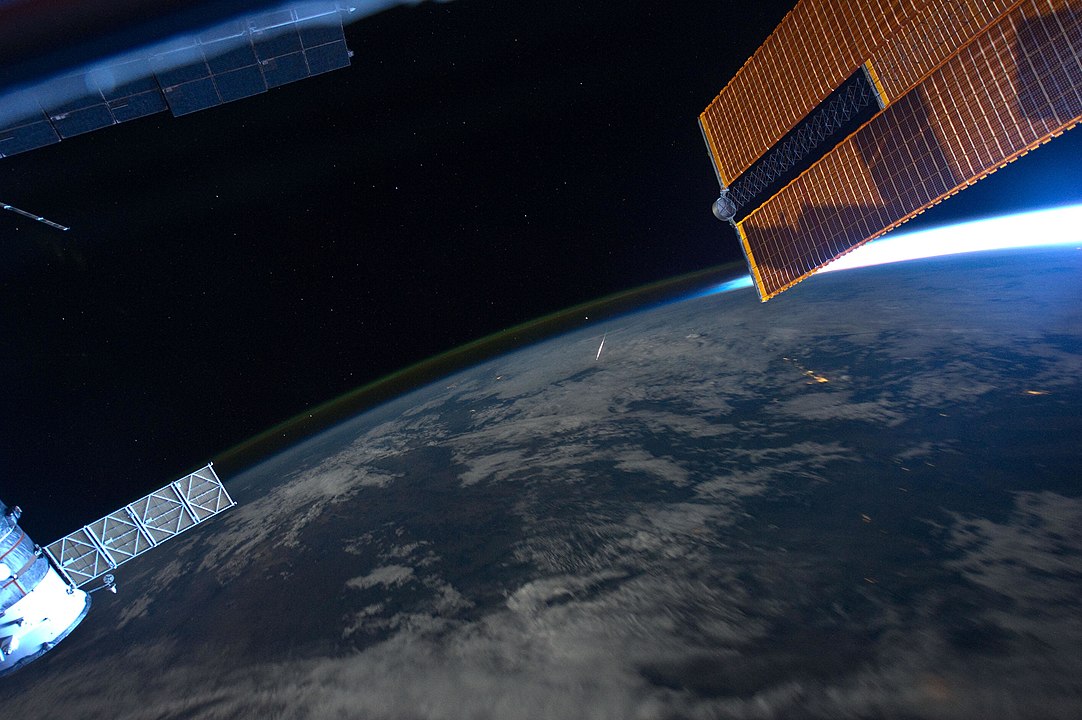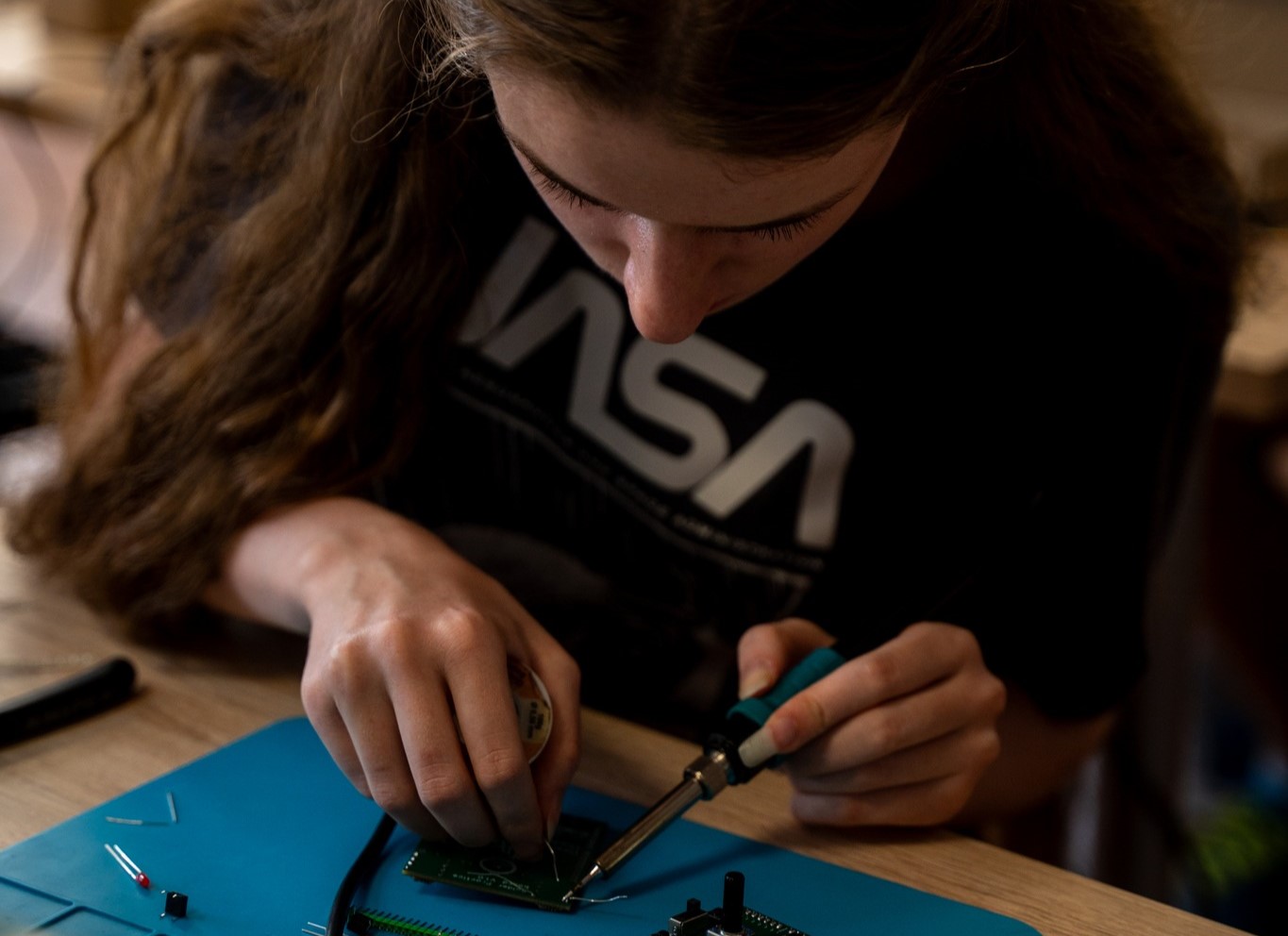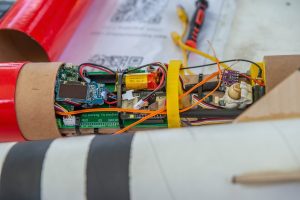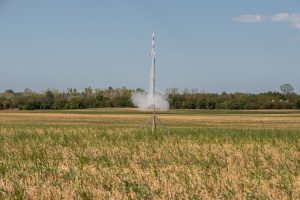
The success of VIREO has demonstrated that AI technology can make Earth observation faster and more efficient.Continue reading

Hungary has quintupled its contributions to the European Space Agency (ESA) in the past six years, and next year it will contribute 32 million euros to the agency’s programs, the minister responsible for space research said at Baja airport (southern Hungary) on Sunday.
Orsolya Ferencz, speaking at the closing day of the Baja rocket and space device building camp attended by students, said that Hungarian space research had “started to grow at rocket speed” in the past six years since the Ministry of Foreign Affairs and Trade took over coordination. One sign of this is that even teenagers are getting more and more opportunities to build rockets on their own, she added.
The network of CanSat laboratories is being further developed across the country to help prepare students for ESA’s space industry-promoting CanSat competition, with the aim of giving interested 12-18 year-olds opportunities in rocket and satellite building,
she added.

Photo: MTI/Kacsúr Tamás
She mentioned that two Hungarian candidates, astronaut Tibor Kapu and reserve astronaut Gyula Cserényi, selected under the Hungarian to Orbit (HUNOR) program, have started their preparations in Houston for the Axiom Space 4 mission. She explained that due to a technical problem with the Boeing Starliner spacecraft, the return of two U.S. astronauts from the International Space Station is uncertain, and they may not return until 2025. The Hungarian space program must be adapted to changing circumstances.

Orsolya Ferencz (C) with physicist Örs Hunor Detre (R), founder of CanSatLab. Photo: MTI/Kacsúr Tamás
This year, the Baja Science Education Association’s (TIE) fourth rocket-building camp was joined by the best Hungarian students of the CanSat competition, who were working on satellite development.
Örs Hunor Detre, physicist, founder of CanSatLab and head of the program, said that
CanSat is a small-scale simulation of a real satellite with power supply, sensors, communication system, and the space device had to be built by the students.

Photo: MTI/Kacsúr Tamás
The researcher also explained that
the students are participating in the development of a research satellite, led by BME (Budapest University of Technology and Economics) and supported by the National Media and Infocommunications Authority (NMHH), that is planned to be launched in December 2025.
In the satellite, students will develop five modules. The preparation in Baja was assisted by space scientists and engineers, and foreign experts gave online advice on the development of the modules.
Róbert Pausch, president of the Baja TIE, said 17 students took part in the rocket construction, and at the demonstration on the open day at the end of the camp on Sunday, they launched the cardboard and wooden devices 300-400 meters high.
Via MTI, Featured image: Facebook/CanSatLab